Talk grows of billions for revamp of Puget Sound, nation's shipyards
BREMERTON — On a recent tour of the Puget Sound Naval Shipyard, U.S. Rep. Derek Kilmer, D-Gig Harbor, and Acting Secretary of the Navy Thomas Harker stopped to chat at the concrete edge of one of its six dry docks. In around a decade, the bathtub-shaped dock, closest to the downtown Bremerton waterfront, could become useless to the Navy.
Or, if a push for billions of dollars to overhaul the shipyard is successful, the aging structure could become the Navy's most advanced and versatile dry dock in the world.
"It is very much the case that as we look into the 2030s, there's the real concern of obsolescence there," Kilmer said of the dock. "I think there is increasing recognition by lawmakers that these investments in our shipyard infrastructure are really important."
Amid talk of a bill to invest trillions into the nation's highways, railroads and other infrastructure, members of Congress this week expressed a desire that the Navy's four public Navy shipyards — including Puget Sound, as well as those in Maine, Virginia and Hawaii — be brought into those discussions.
Kilmer, who has pushed for such funding since his election to Congress in 2012, feels it's a good fit as part of President Joe Biden's $2 trillion infrastructure overhaul.
***
Dustin Haydock is a Waterman Mitigation Partners Site Assessment Specialist who holds a Masters Degree in United State Environmental History, here is his commentary and analysis of the topics covered in the above article:
Since its inception in 1891, the Naval shipyard in Bremerton has been a major source of development and incoming capital for Kitsap and Mason counties. The COVID crisis re-affirmed this fact. As many communities’ economies came to a screeching halt, or all-out collapse, Kitsap County’s largest employer, slogged through the shutdown as it has for 130 years.
Another major economic and ecologic force in Kitsap was the historical logging industry. Kitsap, like much of the Pacific Northwest, has been a hinterland since its initial settlement in the 19th century. The timber industry has and continues, to extract natural resources for export. Much of the profits from natural resources have been exported as well. This is even more the case now that Pope Resource Company was recently purchased by Rayonier Resource Company, headquartered in Florida. This pattern of capital export goes back over two hundred years to the fur trade boom and continues to the day (though now the economy of the PNW is far more diverse and classifying it as an “export economy, rather than “extraction economy” might be more accurate).
The Naval presence on the peninsula has had a different effect. The Navy is the largest employer and pays thousands of private contractors in addition to being a major driver of infrastructure. This has come at a cost though, that of the local ecology and critical habitats. But, we now have an opportunity to use market forces, state and federal legislation, renewed tribal influence, and the Navy’s need to upgrade their facilities to re-establish, enhance, preserve an unprecedented amount of important habitats.
WMP is developing a plan to use county-wide needs for wetland mitigation to restore, enhance, and preserve thousands of acres of priority habitats throughout the county. We are using an ecosystem and watershed model for mitigation banking. This is recommended by ecologists and wetland biologists over the old practice of using small one-off mitigation projects. We are attempting to enhance entire watersheds and eco-systems rather than creating a patchwork of small restoration projects, that, due to their isolation and small size, usually fail in the long term to be ecologically functional.
A common worry is that the establishment of an umbrella mitigation bank will simply allow for needless impacts on the environment and make it easier to create such impacts. This is not true. The same strict regulations are in place, and they are continually being advanced to keep pace with contemporary science. A mitigation bank does not allow for impacts, rather, it creates a much more ecologically sound path of mitigation for unavoidable impacts that have been approved by the Department of Ecology and other governing bodies.
The federal rule is described as a “No Net Loss”, basically meaning, for example, an acre of category 2 wetland impact requires an acre of category 2 mitigation. It is a 1-1, zero-sum, no-net-loss idea. Establishing an umbrella mitigation bank has the potential to increase that 1-1 calculation to actually add to the ecological total in direct and indirect ways. This boost to the ecology will not be at the expense of the economy. In fact, if we zoom out our perspective we see that the economic forces can enhance the ecology, and the ecology can support the economy. This is easier said than done, and WMP has been working for 7 years to gather momentum, money, public and private support to get the project going.
The Kitsap peninsula is going to grow and see impacts. This may come by way of President Biden’s infrastructure plan, the Navy’s needs to upgrade and stay relevant, or by the migration of citizen populations seeking the natural beauty of our land and waters. However, we Kitsap peoples have the opportunity in the coming years to direct the incoming capital and energy in a way that can make Kitsap County a model of sustainable community development.

